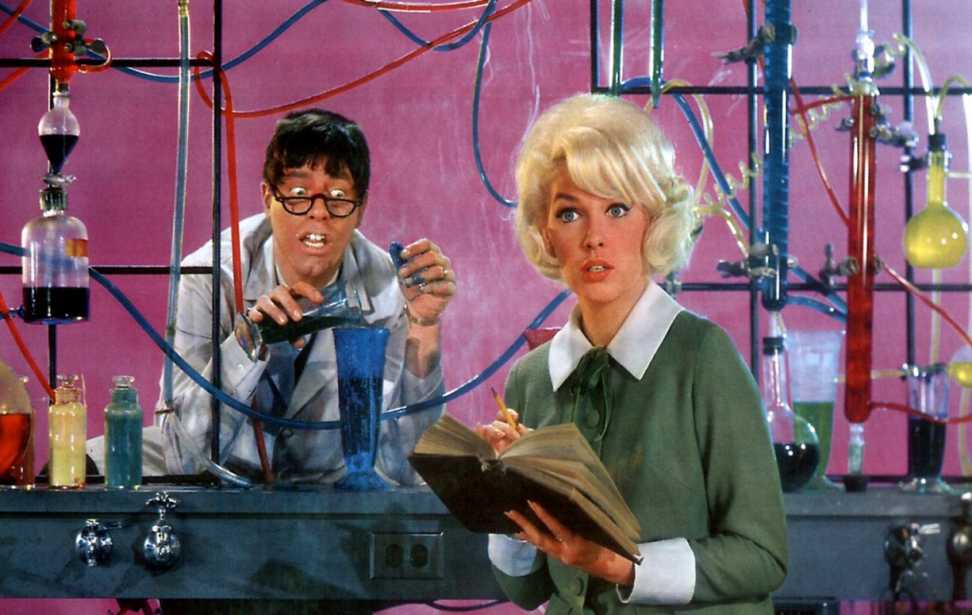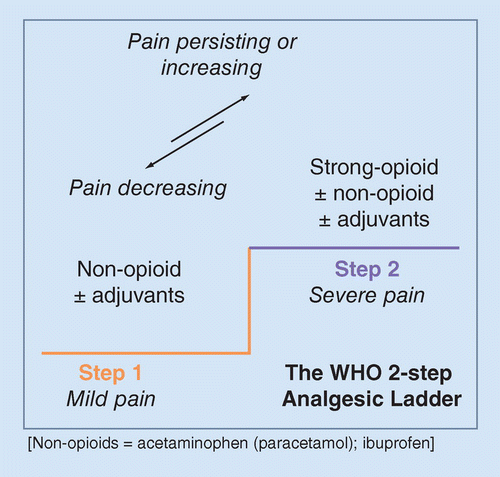
In this article, we discuss the potential for miscarriage after amniocentesis. We will also cover the accuracy and signs and symptoms of a negative and positive result. This article will help you determine whether an amniocentesis testing is right for your pregnancy. Consider these points before you decide whether you want to have the test.
There are risks of miscarriage following amniocentesis
The risks of miscarriage associated with amniocentesis are very small. The procedure is very unlikely to cause miscarriage in about one out of 100 women. This test is declined by most women. Although a woman can become pregnant at any stage in her pregnancy, miscarriage risks are greater before 15 weeks. There is also a small chance that amniotic fluid will leak during the procedure.

Accuracy testing for amniocentesis
An amniocentesis allows you to test the fetus' sex and lung development. The test is accurate and can lead to complications, especially for mother who is pregnant with multiple children. Women should discuss any possible complications with their healthcare provider. These are just a few of the possible complications. If you do experience any vaginal bleeding even mildly, it is important to contact your healthcare provider immediately.
Signs that a positive test result has been confirmed
If your test is positive, you may want to know how to proceed. After the test is completed, you will need to stay at the testing center for around an hour. Your heart rate, vital sign, and fetal status will all be closely monitored. Notifying your healthcare provider immediately if the procedure causes you to feel dizzy, nauseated or in pain should be done immediately. The results of the test can take several days or weeks. These results will assist you in making decisions about your treatment.
Negative results of tests
Genetic amniocentesis can detect certain birth defects in early pregnancy. These tests are able to detect Down syndrome, cystic fibrillis, and many blood types. The results may also tell whether the baby has Down syndrome or other defects. A negative genetic amniocentesis result does not necessarily indicate that the pregnancy is ended. You can still have further testing done during pregnancy.

Treatment options after amniocentesis
If you've recently found out you're pregnant, you may want to know what your options are after a genetic amniocentesis result. This test is reliable at 99.4% but there are risks. This procedure can fail because of technical issues, the collection of enough amniotic fluid is not successful, or cells are not viable when cultured. Other risks include infection, miscarriage and injury to the baby.
FAQ
What role does the private sector play?
Private sector plays a crucial role in healthcare delivery. It provides equipment that is used in hospitals, for example.
It also pays for some hospital staff. It makes sense for them also to participate in running it.
They have their limits.
Private providers are not always able to compete with the free services offered by governments.
And they shouldn't try to run the whole system. This could mean that the system doesn't deliver good value for money.
What are medical systems?
Medical systems are designed to help people live longer, healthier lives. They ensure patients receive the best medical care, when and where they need it.
They ensure that the appropriate treatment is given at a timely manner. They also provide information that doctors need to be able to offer the best advice possible on the most appropriate treatment for each patient.
What should I know concerning vaccines
Vaccines can be very effective and safe ways to stay healthy. Vaccines give you immunity to certain diseases. Vaccinations are typically given at certain times in childhood, adolescence or adulthood. Your doctor will help you decide when is the best time to get vaccines.
What are the health care services?
A health care provider is a medical institution that offers healthcare services for patients. A hospital is an example. It often includes multiple departments such as the emergency and intensive care units, pharmacy, outpatient clinics, and other healthcare facilities.
Who is responsible for the healthcare system?
It all depends on how you view it. Public hospitals may be owned by the government. Private companies may run private hospitals. Or a combination.
What are the different types and benefits of health insurance
There are three main types of health insurance:
-
Private health insurance covers most costs associated with your medical care. Private companies often offer this type of insurance. You only pay monthly premiums.
-
Although public health insurance covers the majority of the cost for medical care, there are some restrictions and limits. For example, public insurance will only cover routine visits to doctors, hospitals, labs, X-ray facilities, dental offices, prescription drugs, and certain preventive procedures.
-
To save money for future medical expenses, medical savings accounts (MSAs) can be used. The funds are held in a special account that is separate from any other kind of account. Most employers offer MSA program. These accounts are non-taxable and accrue interest at rates similar that bank savings accounts.
Statistics
- About 14 percent of Americans have chronic kidney disease. (rasmussen.edu)
- Over the first twenty-five years of this transformation, government contributions to healthcare expenditures have dropped from 36% to 15%, with the burden of managing this decrease falling largely on patients. (en.wikipedia.org)
- Price Increases, Aging Push Sector To 20 Percent Of Economy". (en.wikipedia.org)
- Healthcare Occupations PRINTER-FRIENDLY Employment in healthcare occupations is projected to grow 16 percent from 2020 to 2030, much faster than the average for all occupations, adding about 2.6 million new jobs. (bls.gov)
- The healthcare sector is one of the largest and most complex in the U.S. economy, accounting for 18% of gross domestic product (GDP) in 2020.1 (investopedia.com)
External Links
How To
What are the 4 Health Systems
The healthcare system includes hospitals, clinics. Insurance providers. Government agencies. Public health officials.
The overall goal of this project was to create an infographic for people who want to understand what makes up the US health care system.
These are some of the most important points.
-
The GDP accounts for 17% of healthcare spending, which amounts to $2 trillion annually. That's almost twice the size of the entire defense budget!
-
Medical inflation reached 6.6% last year, higher than any other consumer category.
-
On average, Americans spend 9% of their income on health costs.
-
As of 2014, there were over 300 million uninsured Americans.
-
Although the Affordable Care Act (ACA), has been passed into law, it is not yet fully implemented. There are still large gaps in coverage.
-
A majority believe that the ACA must be improved.
-
The US spends a lot more money on healthcare than any other countries in the world.
-
Affordable healthcare would lower the overall cost by $2.8 Trillion annually if everyone had it.
-
Medicare, Medicaid, private insurers and other insurance policies cover 56%.
-
People don't have insurance for three reasons: they can't afford it ($25 Billion), don’t have enough time to search for it ($16.4 Billion), and don’t know about it ($14.7Billion).
-
There are two types of plans: HMO (health maintenance organization) and PPO (preferred provider organization).
-
Private insurance covers the majority of services including doctors, dentists and prescriptions.
-
The public programs include hospitalization, outpatient surgery and nursing homes. They also cover long-term care and hospice care.
-
Medicare is a federal program providing senior citizens health coverage. It covers hospital stays, skilled nursing facility stay, and home healthcare visits.
-
Medicaid is a state-federal joint program that provides financial help to low-income persons and families who make too many to qualify for any other benefits.